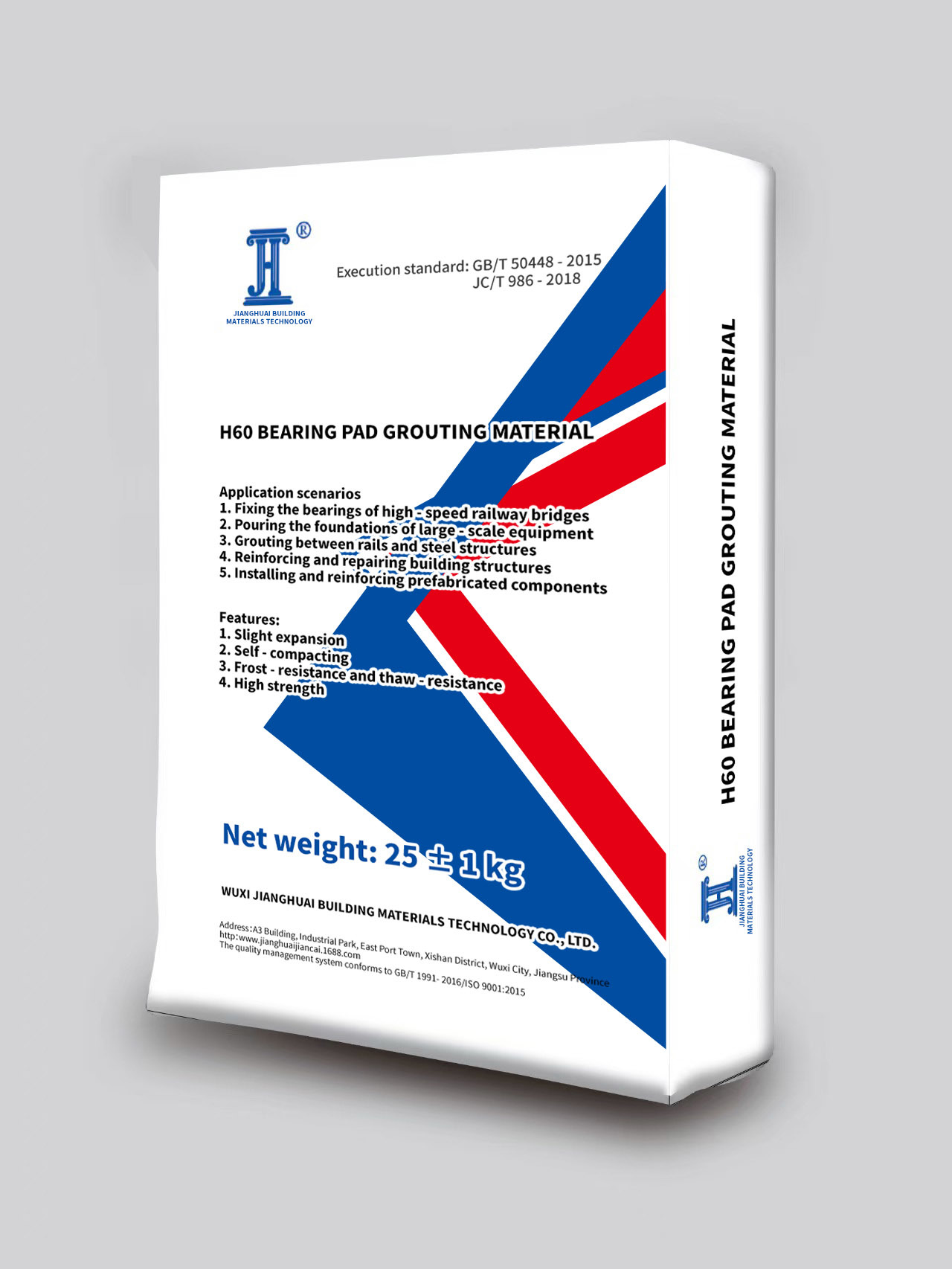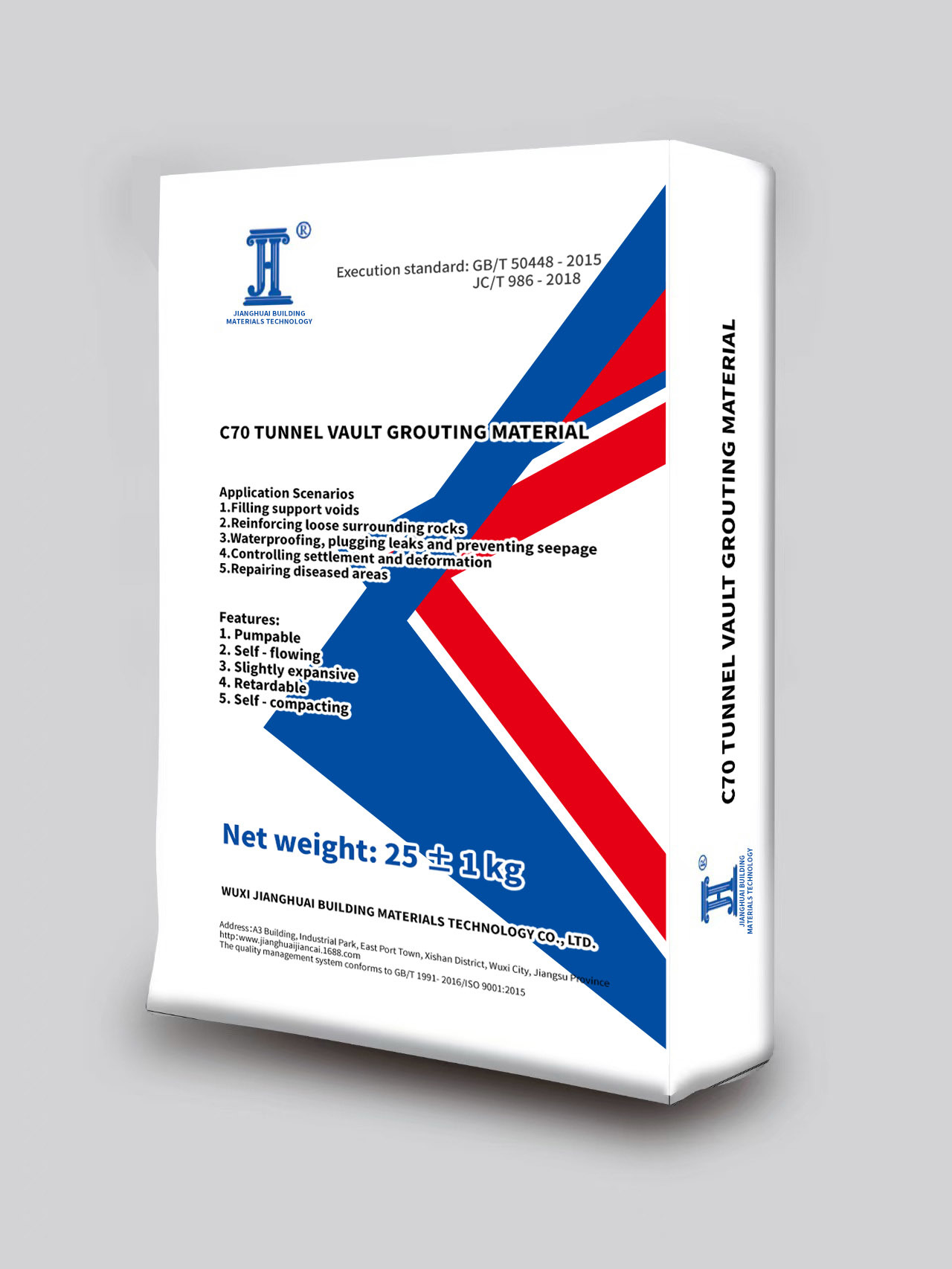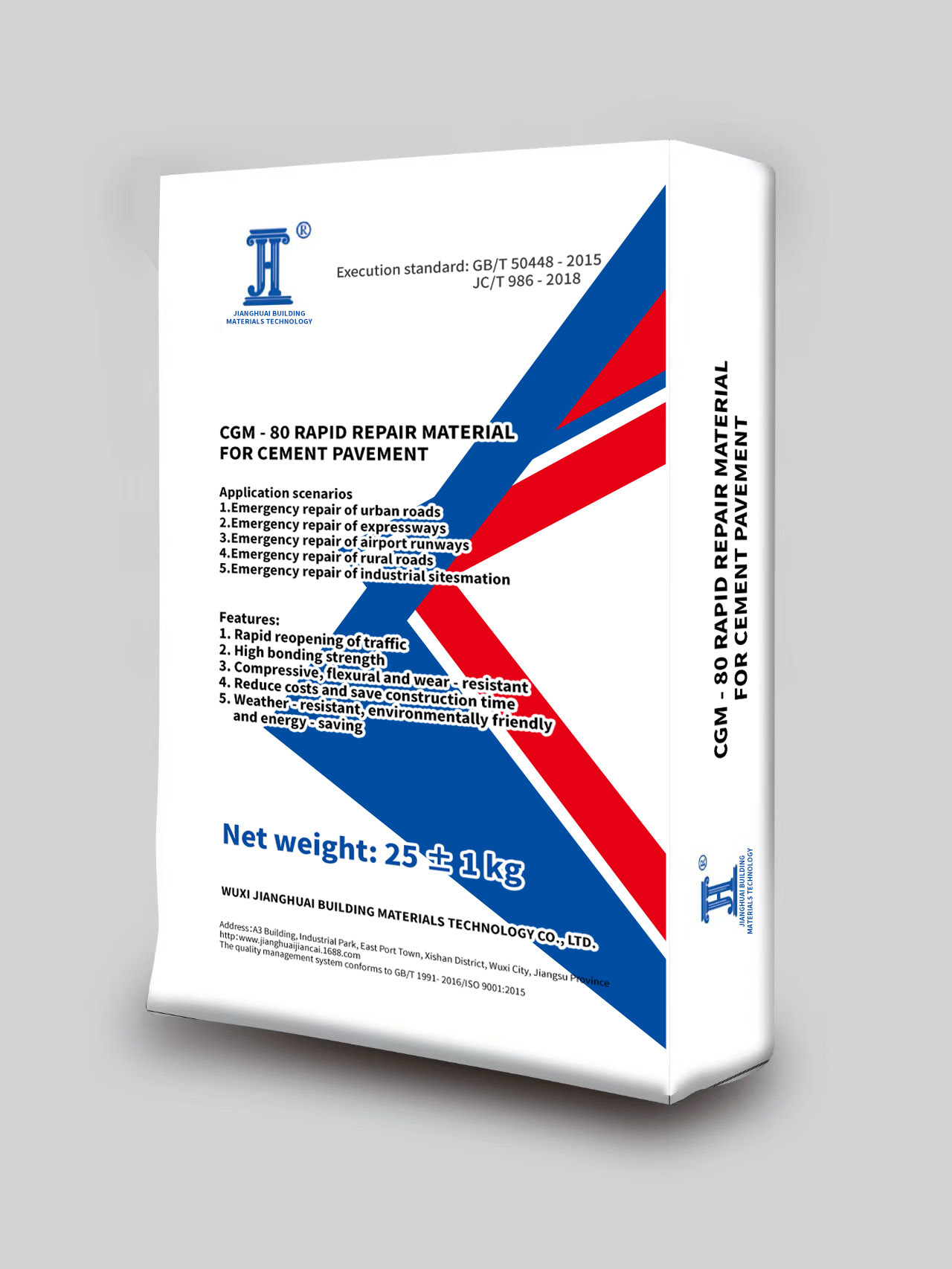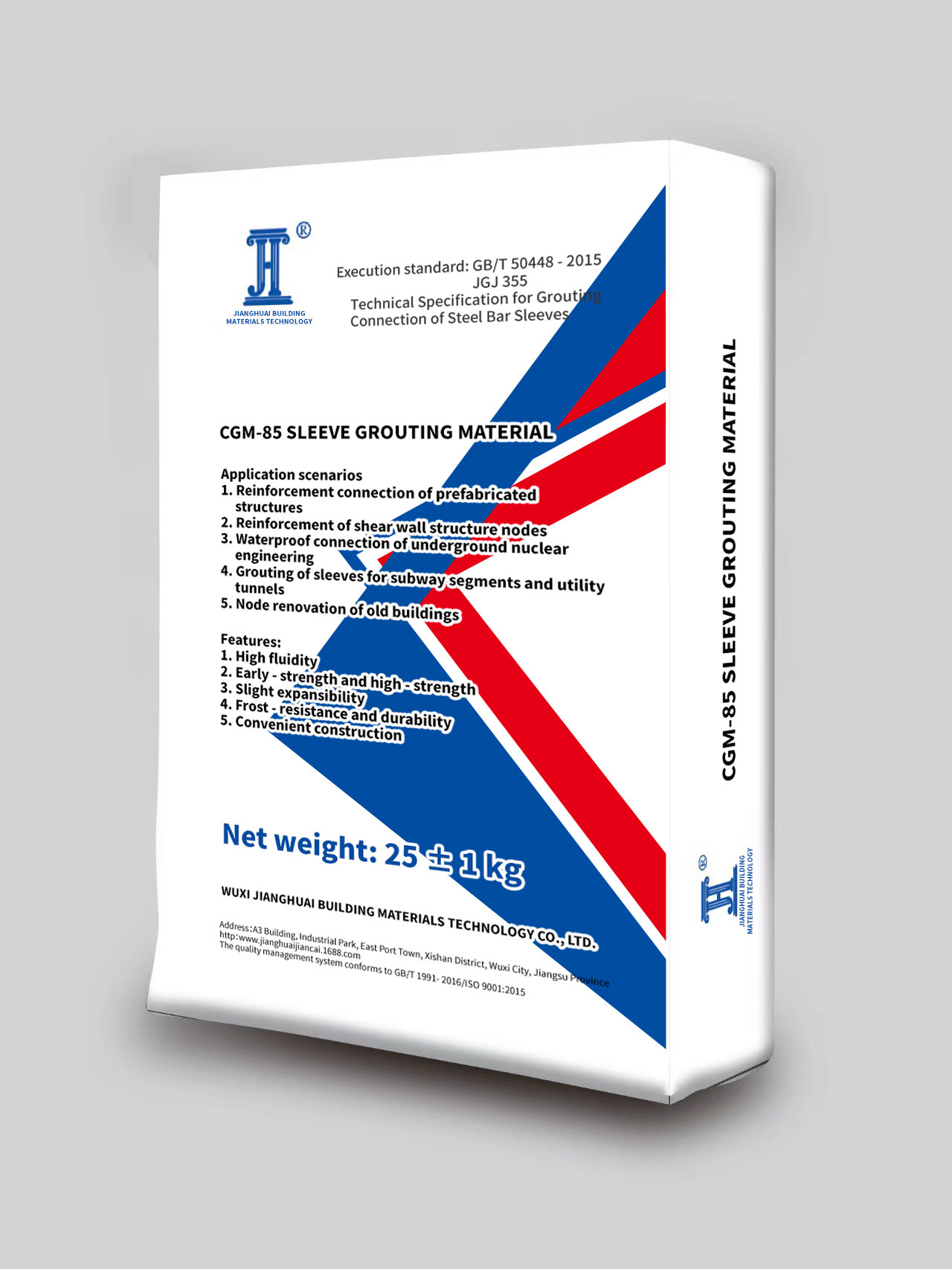PRODUCTS

Aluminate Cement
Main business:Building, infrastructure, industrial, mining, marine engineering, military engineering, expressway, tunnel, bridge, concrete repair, installation of large-scale mechanical equipment, wind power equipment, foundation bolt fixing, etc. High-performance, early-strength, micro-expansion, self-compacting, large-flow leveling, rapid repair cement grouting material
- Commodity name: Aluminate Cement
- Description
-
Packaging Information
Specifications Length (cm) Width (cm) Height (cm) Volume (cm³) Weight (kg/bag) Price (USD/ton) 25KG/bag 60 40 25 60000 25 1000 Product Introduction
Aluminate cement is a special type of cement with calcium aluminate as its main mineral component. Its performance characteristics and application scenarios are as follows:
Performance Characteristics
● Fast hardening and early strength:
The strength on day 1 can reach more than 70% of the strength of ordinary cement on day 28, and the strength basically reaches its peak on day 3 (e.g., the compressive strength of CA-50 cement on day 1 ≥ 40 MPa), suitable for emergency construction.
● Outstanding high-temperature performance:
The strength is stable at high temperatures (300℃-1200℃), and even further increases due to sintering, suitable for refractory engineering.
● Concentrated hydration heat:
The proportion of hydration heat release in the early stage (1-3 days) exceeds 90%, and the heat release speed is fast. During construction in low-temperature environments, heat can be used for antifreeze, but large-scale projects are prone to cracking due to temperature differences.
● Strong resistance to sulfate erosion:
Hydration products are not easily decomposed by sulfates and are suitable for environments exposed to seawater and salts.
● Low alkalinity:
The pH value after hydration is about 10-11, which can reduce the alkali-aggregate reaction, and its stability is better than ordinary cement when in contact with acidic media.
● Poor weather resistance:
Long-term exposure to humid and hot environments will gradually reduce the strength ("later strength shrinkage"), and it is not suitable for long-term load-bearing structures.
Application Scenarios
● Refractory engineering:
。Making refractory concrete and refractory mortar (such as kiln linings and blast furnace foundations) can maintain structural stability in high-temperature environments.
。With refractory aggregates (such as corundum and mullite), prepare heat-resistant castables for use in heat treatment furnaces, glass melting furnaces, etc.
● Emergency repairs and low-temperature construction:
。Concrete projects in winter (above -10℃) can quickly harden without steam curing; emergency repairs of roads and bridges (restoration within 24 hours).
。Rapid leak plugging in underground projects, using early strength characteristics to shorten the water stop time.
● Sulfate resistance and corrosion-resistant engineering:
。Concrete structures in seaports and saline soil areas (such as wharves and piles), or equipment foundations in chemical workshops that are eroded by sulfates.
。Sewage treatment plants, pipes and structures in contact with acidic media.
● Special buildings and materials:
。Making expansive cement and self-stressing cement (combined with gypsum) for waterproof pipes or compensating shrinkage concrete.
。Preparing high-strength, wear-resistant repair mortar (such as airport runways and industrial floors), or combining with polymers to improve toughness.
● Other fields:
。Rapid construction of concealed fortifications in military engineering, or special process mold materials (such as high-temperature molds for casting).
The core advantages of aluminate cement lie in its "early strength" and "high-temperature resistance", but its later strength shrinkage should be noted. Therefore, it is mainly used for short-term load-bearing, high-temperature environments, or corrosion-resistant engineering, rather than long-term exposed civil buildings. When using it, strictly avoid mixing with silicate cement to prevent performance degradation due to alkalinity differences.
Technical Indicators
Refractory Aluminate Cement
CA50 SeriesCA50-II(G6) CA50-III(G7) CA50(N) CA50-IV(G9) CA50 (Electric Melting) Refractoriness (°C) 1420-1460 1420-1460 1420-1460 1420-1460 1420-1460 Al 2 O 3(%) ≥50 ≥50 ≥50 ≥51 ≥51 CaO (%) ≥33.0 ≥33.0 ≥34.0 ≥33.5 ≤38 SiO 2(%) ≤9.0 ≤9.0 ≤7.0 ≤6.5 ≤6.0 Fe 2 O 3 (%6) ≤3.0 ≤3.0 ≤2.5 ≤2.5 ≤2.5 Alkali content (%6) ≤0.5 ≤0.5 ≤0.5 ≤0.5 ≤0.5 325 mesh residue (%) <20 <20 <10 <8 <12 Specific surface area (Blaine method) m²/kg ≥300 ≥300 ≥350 ≥400 ≥400 Initial setting time (min) ≥30 ≥30 ≥30 ≥90 ≥120 Final setting time (min) ≤360 ≤360 ≤360 ≤360 ≤480 6-8 hour flexural strength (MPa) - - ≥4.0 - ≥4.5 24-hour flexural strength (MPa) ≥6.5 ≥7.5 ≥7.5 ≥8.5 ≥10.0 72-hour flexural strength (MPa) ≥7.5 ≥8.5 ≥8.5 ≥9.5 ≥11.0 6-8 hour compressive strength (MPa) - - ≥30.0 - ≥35.0 24-hour compressive strength (MPa) ≥50.0 ≥60.0 ≥60.0 ≥70.0 ≥75.0 72-hour compressive strength (MPa) ≥60.0 ≥70.0 ≥70.0 ≥80.0 ≥80.0 Factory strength

Qualification
Message
Please provide the following valid information, and we will contact you as soon as possible.












